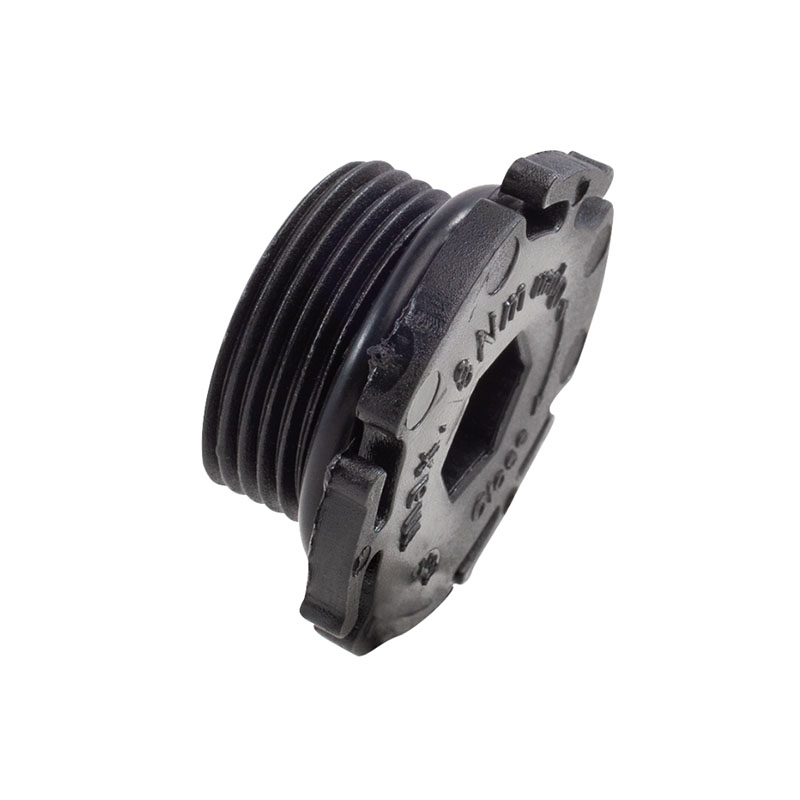Understanding Cassette Oil Seals and Their Importance in Engine Performance
Understanding Cassette Oil Seals A Comprehensive Guide
In the world of automotive engineering, maintaining optimal performance and longevity of vehicles is paramount. One of the unsung heroes in this domain is the cassette oil seal. Often overlooked, these components play a critical role in preventing oil leaks and ensuring that engines operate smoothly. This article delves into the intricacies of cassette oil seals, their function, types, installation, and maintenance.
What is a Cassette Oil Seal?
A cassette oil seal, commonly referred to as a radial seal or simply an oil seal, is a mechanical seal designed to retain lubricants within a specific area while preventing contaminants from entering. Typically made of elastomeric materials like rubber or polyurethane, these seals are shaped like a circular disc with a lip that makes contact with the shaft or housing. The cassette refers to the seal's housing, which often provides additional support and alignment during installation.
Function of Cassette Oil Seals
The primary function of cassette oil seals is to contain lubricants, such as oil or grease, within various components of an engine or machinery
. This ensures that all moving parts are adequately lubricated, reducing friction and, consequently, wear and tear. Additionally, cassette oil seals prevent external contaminants like dust, dirt, and water from entering sensitive areas, which helps maintain the integrity of the lubrication system.When properly functioning, a cassette oil seal contributes to the overall efficiency of the engine, enhancing performance and extending the lifespan of critical components. Their presence is particularly vital in areas such as the crankshaft, camshaft, and gearboxes, where high levels of pressure and movement are commonplace.
Types of Cassette Oil Seals
There are several types of cassette oil seals, each designed for specific applications. Some common types include
cassette oil seal

1. Single Lip Oil Seals As the name suggests, these seals have a single sealing lip and are used in applications with lower pressure or where the likelihood of contamination is minimal.
2. Double Lip Oil Seals These seals feature two lips, providing a more robust barrier against leaks and contamination. They are ideal for high-performance vehicles and demanding applications.
3. Spring-Loaded Oil Seals Incorporating a spring mechanism, these seals adjust their positioning to compensate for wear over time, maintaining a tight seal even as the sealing surface undergoes wear.
4. Metal Case Oil Seals Designed for heavy-duty applications, these seals feature a metal casing, providing additional structural integrity and capacity to withstand higher pressures.
Installation and Maintenance
Proper installation of cassette oil seals is crucial for their effectiveness. It is essential to ensure that the sealing surface is clean and free from debris before installation. Using the right tools and techniques, such as a seal installer or a suitable driver, can help prevent damage to the seal during installation.
Regular maintenance can also extend the life of oil seals. It is vital to monitor for signs of wear, such as oil leaks or visible damage, and replace seals as necessary. Maintaining proper lubrication levels and adhering to manufacturer-recommended service intervals can minimize the risk of seal failure.
Conclusion
Cassette oil seals may not be the most glamorous components in an engine, but their role in ensuring smooth operation and reliability cannot be understated. Understanding their function, types, and maintenance can help vehicle owners and mechanics alike keep engines in prime condition. By prioritizing the integrity of these seals, one can significantly enhance the performance, longevity, and efficiency of their vehicle, ultimately leading to a more enjoyable and cost-effective driving experience.
-
Understanding the Front Main Engine Seal: Purpose, Maintenance, and Installation
News Jul.29,2025
-
Understanding O-Rings and Seal Rings: Types, Applications, and Custom Solutions
News Jul.29,2025
-
Understanding Crankshaft Oil Seals: Rear Seals, Pulley Seals, and Their Role in Engine Integrity
News Jul.29,2025
-
The Importance of Front and Rear Crankshaft Seals in Engine Performance and Oil Management
News Jul.29,2025
-
Crank Oil Seals: Functions, Types, and Cost Considerations in Engine Maintenance
News Jul.29,2025
-
A Comprehensive Guide to O-Rings and Seals: Types, Materials, and Global Applications
News Jul.29,2025
-
Mastering Diesel and Performance Engine Maintenance: A Guide to Critical Oil Gaskets
News Jul.28,2025
Products categories















